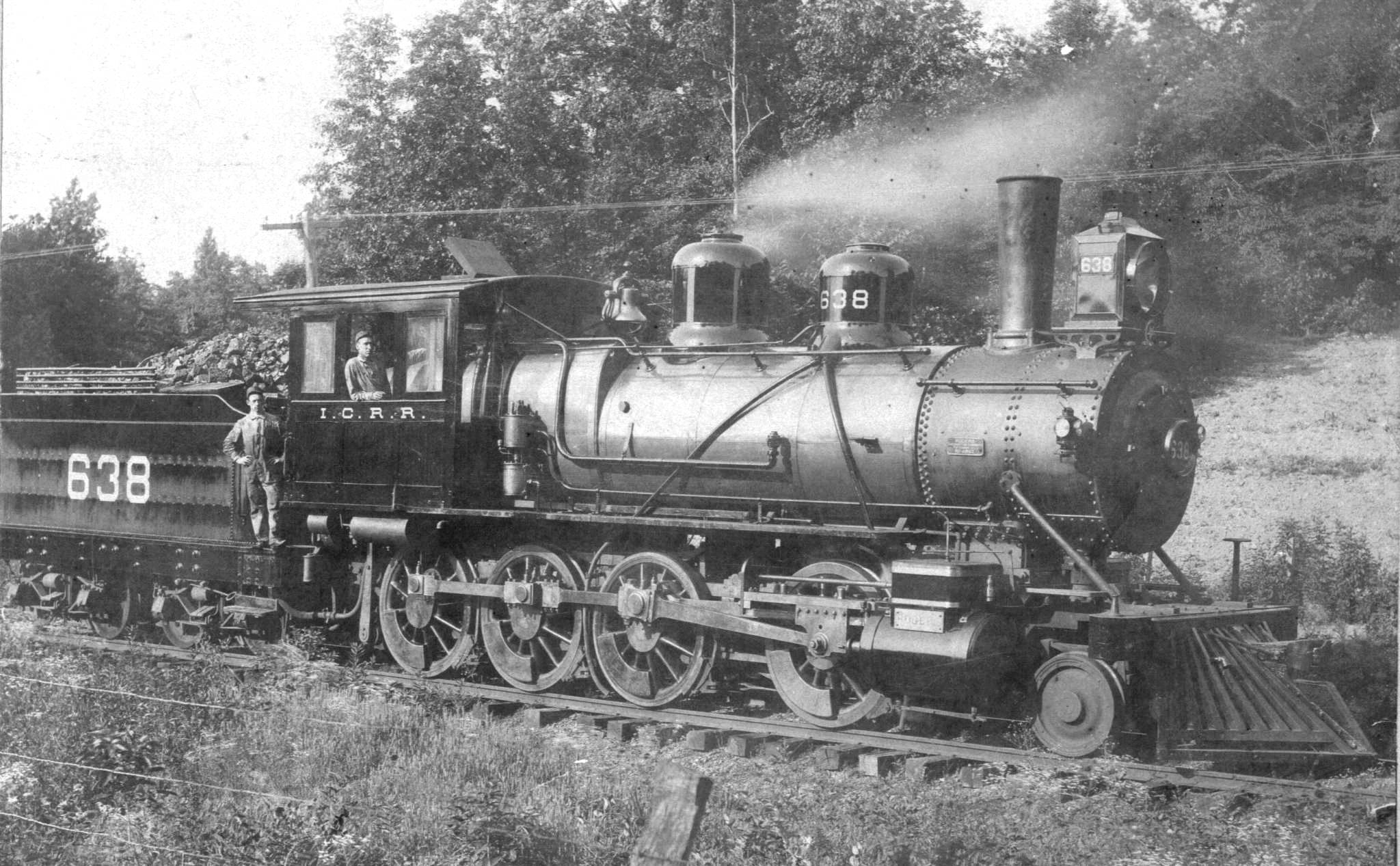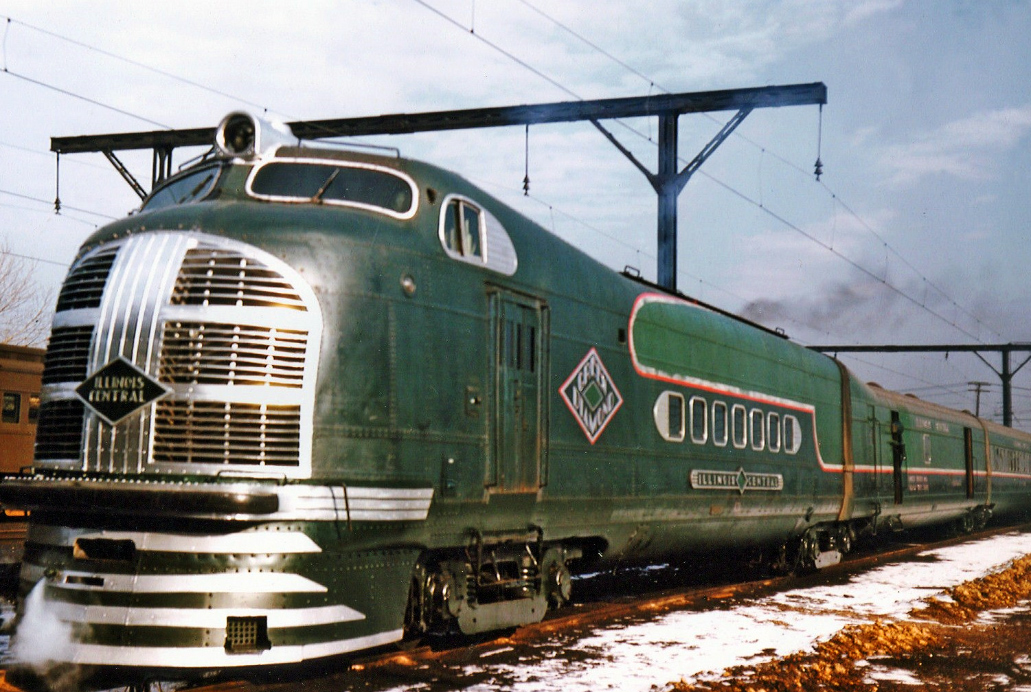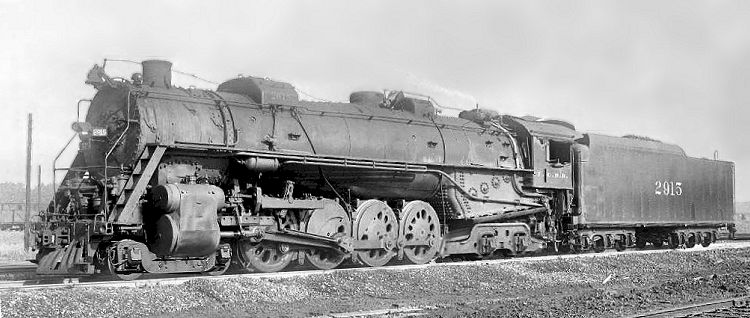The Great Streamliner Races: San Fransisco, CA - San Diego, CA
During the 1930s, the State of California's rail travel was almost entirely dominated by the Southern Pacific and Santa Fe Railroads. Both railroads heavily operated passenger trains from Southern California to the San Fransisco Bay Area.
Around this time, the Southern Pacific sought to extend their Coast Line to San Diego to allow for more direct competition with Santa Fe. The SP eventually built a line via the coast, which became known as The Racetrack for its proximity to the Santa Fe's line between the same cities. This ultimately proved beneficial to such communities in the area as Anaheim, Irvine, and Orange County as the route would become a major source of employment, and was immediately profitable from when it started in March 1937. As for a pure freight line, the SP went further inland. Ultimately, it was decided to build the line from Santa Ana to El Cajon, where the San Diego & Arizona Eastern, their subsidiary, took them the rest of the way to San Diego. There, they would build their own station adjacent to the yard in that city to compete with Santa Fe. This would be the Southern terminus of all later SP trains running south from San Fransisco. With the inaugural run of the San Diego line being performed by MT-3 Mountain #4334.
The Southern Pacific objectively had the advantage over Santa Fe from the start. As not only was their route more scenic, but the speed and service was also at the upmost possible. Their services were highlighted with the Coast Daylight. Which was the most striking in its Orange, Red, and Silver livery. Though other more conventional trains like the Owl, Starlight and Lark also plied the line. Meanwhile, the Santa Fe ran via a route in the Central Valley, which was dominated by the Valley Flyer, hauled by 1337 Class Pacifics painted in a livery very loosely based on the Red and Silver Warbonnet scheme used on the 3460 Class Hudsons and the main passenger diesels.
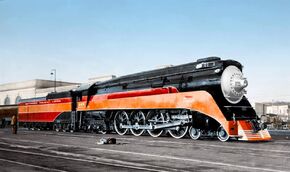
Southern Pacific GS-3 #4416 was one of the many Lima-built 4-8-4s used on the Southern Pacific's Coast Daylight. Today, it's sister #4422 is preserved in the Grand Hall of the Great American Railroad Museum. Which is in the former CNJ Terminal in Jersey City, NJ.
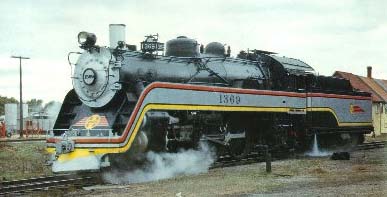
Santa Fe 1337 #1369 was one of the six Pacifics semi-streamlined for the Valley Flyer. Later it was fully streamlined in 1938 and remained such until 1943. Eventually, the 1369 would regain the semi-streamlining and be used by the San Bernardino Railroad Historical Society alongside 4-8-4 #3751.
Around this time, the Southern Pacific sought to extend their Coast Line to San Diego to allow for more direct competition with Santa Fe. The SP eventually built a line via the coast, which became known as The Racetrack for its proximity to the Santa Fe's line between the same cities. This ultimately proved beneficial to such communities in the area as Anaheim, Irvine, and Orange County as the route would become a major source of employment, and was immediately profitable from when it started in March 1937. As for a pure freight line, the SP went further inland. Ultimately, it was decided to build the line from Santa Ana to El Cajon, where the San Diego & Arizona Eastern, their subsidiary, took them the rest of the way to San Diego. There, they would build their own station adjacent to the yard in that city to compete with Santa Fe. This would be the Southern terminus of all later SP trains running south from San Fransisco. With the inaugural run of the San Diego line being performed by MT-3 Mountain #4334.
The Southern Pacific objectively had the advantage over Santa Fe from the start. As not only was their route more scenic, but the speed and service was also at the upmost possible. Their services were highlighted with the Coast Daylight. Which was the most striking in its Orange, Red, and Silver livery. Though other more conventional trains like the Owl, Starlight and Lark also plied the line. Meanwhile, the Santa Fe ran via a route in the Central Valley, which was dominated by the Valley Flyer, hauled by 1337 Class Pacifics painted in a livery very loosely based on the Red and Silver Warbonnet scheme used on the 3460 Class Hudsons and the main passenger diesels.

Southern Pacific GS-3 #4416 was one of the many Lima-built 4-8-4s used on the Southern Pacific's Coast Daylight. Today, it's sister #4422 is preserved in the Grand Hall of the Great American Railroad Museum. Which is in the former CNJ Terminal in Jersey City, NJ.

Santa Fe 1337 #1369 was one of the six Pacifics semi-streamlined for the Valley Flyer. Later it was fully streamlined in 1938 and remained such until 1943. Eventually, the 1369 would regain the semi-streamlining and be used by the San Bernardino Railroad Historical Society alongside 4-8-4 #3751.
Last edited:
